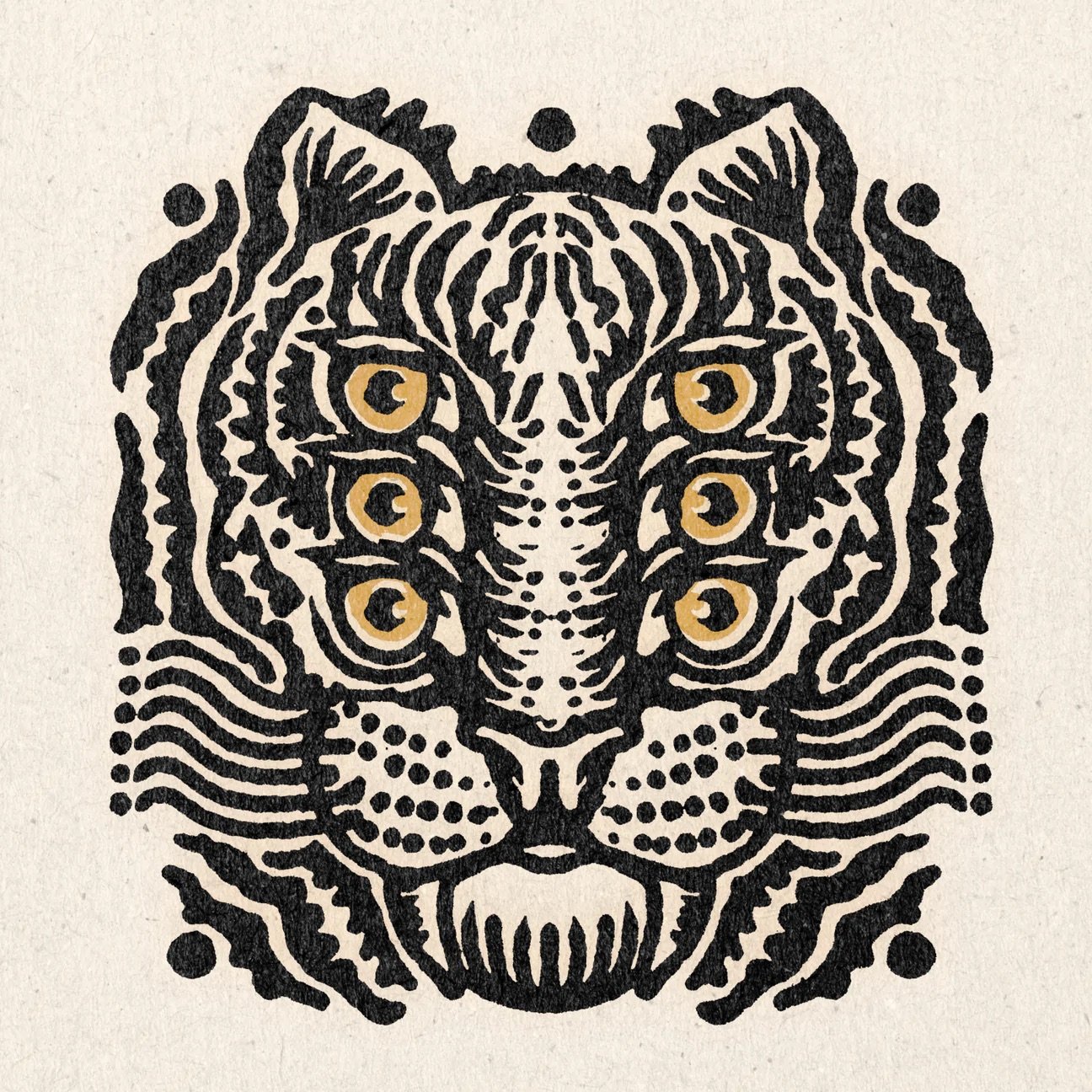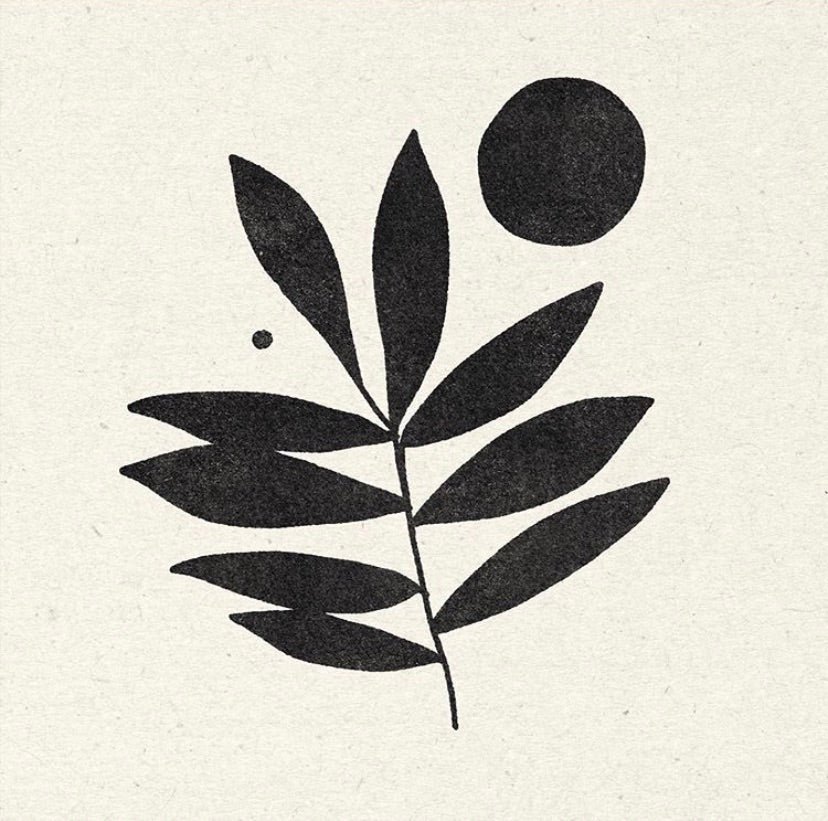 Image 1 of 2
Image 1 of 2

 Image 2 of 2
Image 2 of 2



Vintage Photo of Mariposa Grove by Eadweard Muybridge (1872)
ARTIST: Eadweard Muybridge
TITLE: Mariposa Grove, William H. Seward Tree, 1872
MEDIUM: Photo Litho, 1982, U.S.
DIMENSIONS: 11.25” H x 8.85" W
DETAILS: Heat Wax Mounted on 12” x 16" Conservation Board
Eadweard Muybridge was an English photographer important for his pioneering work in photographic studies of motion, and early work in motion-picture projection. At age 20, he emigrated to America as a bookseller, first to New York, and then to San Francisco. Planning a return trip to Europe in 1860, he suffered serious head injuries in a stagecoach crash in Texas. He spent the next few years recuperating in England, where he took up professional photography, learning the wet-plate collodion process, and secured at least two British patents for his inventions. He went back to San Francisco in 1867. In 1868 he exhibited large photographs of Yosemite Valley, which made him world-famous. In 1875 he travelled for more than a year in Central America on a photographic expedition. Today, Muybridge is known for his pioneering work on animal locomotion in 1877 and 1878, which used multiple cameras to capture motion in stop-motion photographs, and his zoopraxiscope, a device for projecting motion pictures that pre-dated the flexible perforated film strip used in cinematography.
ARTIST: Eadweard Muybridge
TITLE: Mariposa Grove, William H. Seward Tree, 1872
MEDIUM: Photo Litho, 1982, U.S.
DIMENSIONS: 11.25” H x 8.85" W
DETAILS: Heat Wax Mounted on 12” x 16" Conservation Board
Eadweard Muybridge was an English photographer important for his pioneering work in photographic studies of motion, and early work in motion-picture projection. At age 20, he emigrated to America as a bookseller, first to New York, and then to San Francisco. Planning a return trip to Europe in 1860, he suffered serious head injuries in a stagecoach crash in Texas. He spent the next few years recuperating in England, where he took up professional photography, learning the wet-plate collodion process, and secured at least two British patents for his inventions. He went back to San Francisco in 1867. In 1868 he exhibited large photographs of Yosemite Valley, which made him world-famous. In 1875 he travelled for more than a year in Central America on a photographic expedition. Today, Muybridge is known for his pioneering work on animal locomotion in 1877 and 1878, which used multiple cameras to capture motion in stop-motion photographs, and his zoopraxiscope, a device for projecting motion pictures that pre-dated the flexible perforated film strip used in cinematography.












